An article based on Radu Vădan's presentation at nZEB Expo Cluj 2024 - video at the end of the article

In the world of timber construction, the quality of the material is fundamental to the durability and safety of the structure. However, many projects are compromised from the outset by the wrong choice of wood quality. Radu Vădan, Wood Hub, recently offered nZEB Expo Cluj Cluj 2024 a detailed overview of the standards and criteria for assessing building timber.
Introduction
In construction, the quality of the wood used is crucial for the durability and safety of the structure. Not every wood is suitable for every type of construction, although the common practice in Romania is to purchase materials without careful evaluation. This can lead to problems such as:
- Insect emergence
- Roof assessment
- Curving elements
- Creaking floors
- Sound transmission through floors instead of soundproofing
Types of defects in wood
Natural defects (grown with the tree)
1. The nodes
- They represent branches that have grown over time
- They can penetrate through the plank in various ways:
- Full crossing
- Exit through the edge
- Exit around the corner
- Impact: Can significantly affect structural strength
- May cause beams to break or walls to buckle
2. Insect holes
- Indicator that the tree was no longer alive when cut
- Common in resinous wood
- Pot indicates:
- Wounded tree
- Blown by the wind
- Attacked by fungi
3. Resin bags
- Major problem with layered elements
- May prevent interlayer adhesion to glulam beams
- Risks compromising solder when heating
4. Bark inclusions
- Appear when the tree was injured
- Heals by raising the bark over the wound
- May compromise structural integrity
5. Blue spots
- Commonly associated with insect holes
- Indicates the presence of fungi
- Can lead to wood softening
- Turn C24 wood into C14 wood
6. Nonlinear fiber
- Rare in resinous
- Occurs when trees grow in difficult conditions
- Results in uneven resistance
Cutting defects
1. Corners with bark
- Very dangerous, especially on beams
- Allow insects access
- Can lead to major infestations in 3-7 years
- Requires expensive treatments afterwards
2. Curb
- Can occur both during cutting and drying
3. Dimensional deviation
- Thickness unevenness
- Caused by the quality of the gater and its maintenance
- Can vary significantly (4-6 cm on a 5 cm plank)
Wood strength grades
C14 (weakest class)
- Intended for non-structural walls
- Allows:
- Knots up to half the thickness
- Firm rot
- Deep cracks (more than half the thickness)
- Dimensional variations up to 8mm/m
C18 (first structural class)
- For lightweight structural applications
- Features:
- Knots up to 1/4 of the thickness
- Small spots of firm rot
- Superficial cracks
- Requires four-sided tracing
C24 (common construction class)
- Usable for any structural load
- Restrictions:
- Knots up to 1/4 of the thickness
- Does not allow rot
- Minor superficial cracks
- Minimum dimensional deviations
C30 and C35 (higher grades)
- For special applications
- Features:
- Requires lamination and tooth bonding
- Compulsory mechanical processing
- C35 requires individual static load testing
Practical tips
For drying
- Outdoor drying is acceptable if:
- Stacks are covered
- They are sheltered from direct rain
- They are protected from direct sunlight
- The advantage of tumble drying:
- Kills all insects (including eggs)
- Anti-insect cycle at 75°C for 36 hours
For construction
- Check the presence of documentation for the resistance class
- Visually inspect for defects
- Pay special attention to barky corners
- Treat cracks to prevent seepage
- Protect wood from rain and UV
Conclusion
Choosing the right grade of timber and understanding possible defects are essential for sustainable and safe construction. It is crucial to respect standards and to pay particular attention to the quality of the timber used in construction.
Below is the video of Radu Vădan's presentation on nZEB Expo Cluj 2024

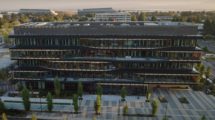



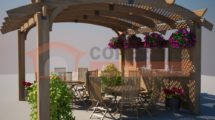
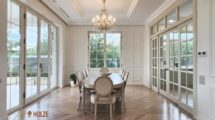
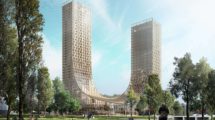



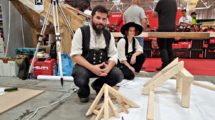
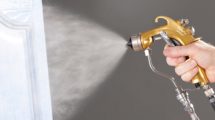


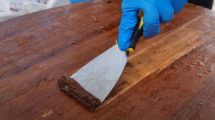

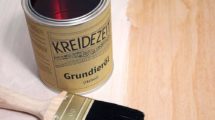







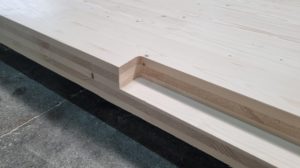




Add comment